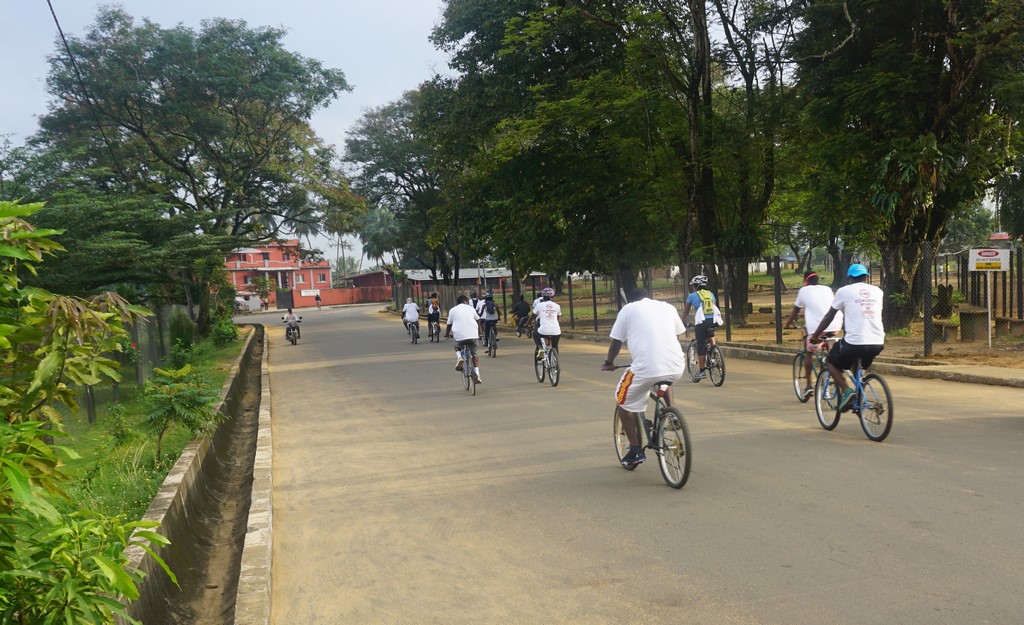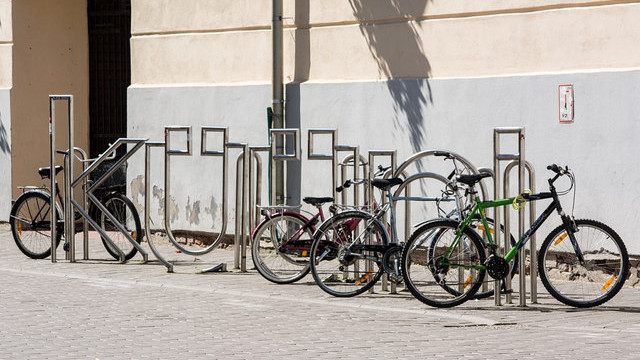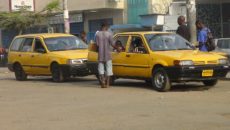Paynesville’s mayor might be on to something. During her city’s second annual health fair, Mayor Cyvette Gibson led a bicycle ride around town to promote biking among residents.
However, there may be another significant benefit to biking in Monrovia –  it could be an effective and immediate means of reducing traffic congestion in the metropolitan area. A well-designed and properly implemented bicycle program, along with integrated bicycle lanes in street and roadway design, is key to reducing the region’s crippling traffic congestion and poor air quality.
Routinely, morning and evening rush hour traffic in the area already lasts about four hours, starting from 6:30 a.m. to 10:30 a.m. and 4:00 p.m. to 8:00 p.m. The extended rush hour traffic congestion and resulting poor air quality affects regional mobility, economic productivity, and health.
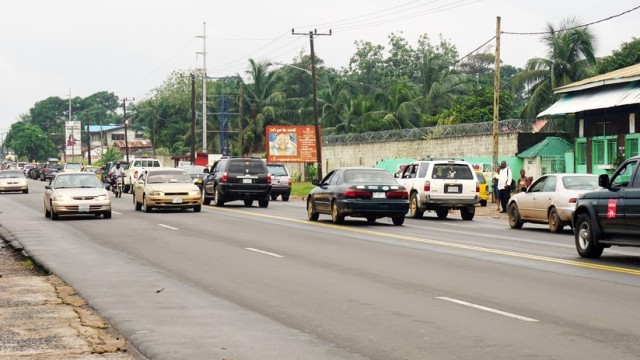
Typical morning traffic on Monrovia’s Tubman Boulevard. Cars move at an average of 5 mph in one direction while there is free flow in the other. Photo: Jefferson Krua
I understand that the region needs a comprehensive transportation plan and biking cannot and should not be the only solution to the traffic nightmare faced by residents every morning and evening. Â However, this could be an essential component for alleviating the current traffic conditions in Monrovia.
Like many other commuters, my daily commute of approximately 10 miles from Duport Road Junction in Paynesville to Broad Street in Central Monrovia takes between 1hr and 40 minutes to 2hr 20 minutes. That’s an average of 5 miles per hour. This is not including the time I may be waiting to board a vehicle, which may be an average of 30 minutes to an hour.
The average bicyclist, on the other hand, rides at a speed of 9 miles per hour. This means that the same distance by bicycle would take one hour. From the Airfield Junction on Tubman Blvd to Central Monrovia, a distance of four miles, it would take 25 minutes, as opposed to 45 minutes in a car.
Shifting more commuters to biking will not only reduce their travel time but if all things stay constant, it will reduce traffic on the road. Imagine if 1,000 people are biking each day instead of driving or relying on cars as a primary means of transit. In that case, biking as a transportation option could potentially remove 250-330 cars from the road. At the very least, it would be easier to catch a ride to town during rush hour because more space would become available for vehicles.
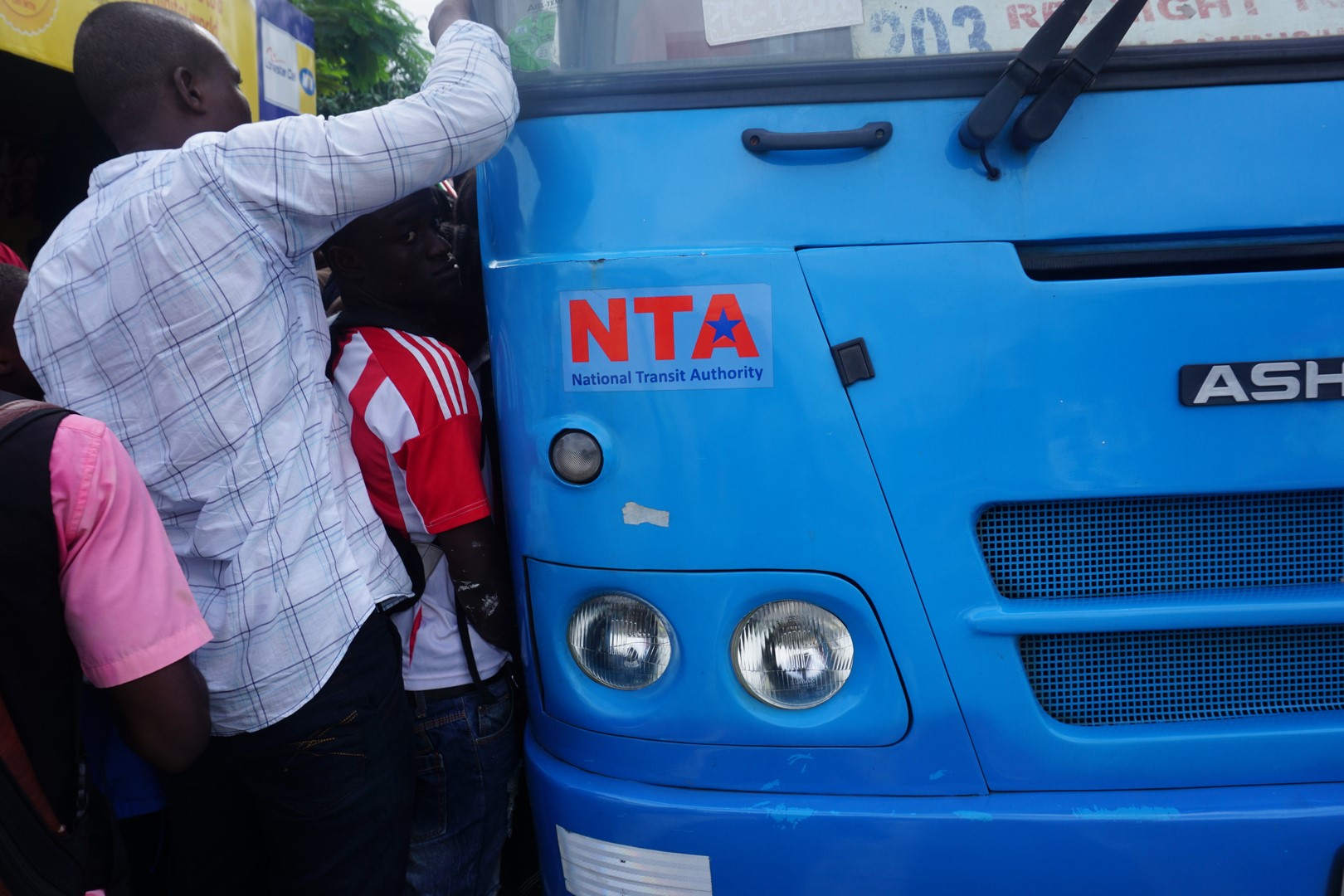
Passengers scramble to board a National Transit Authority Bus. Commuters frequently spend 30 minutes to 1 hour to find a ride during rush hour. Photo: Jefferson Krua
Besides the improvement in travel time, this could also be good for our overall health. A large enough number of people biking instead of driving could improve the air quality in the region by the reduced emissions. The regular exercise of biking would also increase our physical fitness and potentially overall health levels.
Promoting biking as a viable transportation option for commuters will not be easy; therefore it will require careful planning to get beyond some of the barriers.
One of the biggest hurdles will be the perceived safety of biking. People may not want to ride a bicycle if they do not feel safe and currently, many Liberians simply do not trust drivers to respect the rights of cyclists enough to not feel threatened on the road.
Therefore, it will be necessary to build miles of protected bicycle lanes across the city. Protected bicycle lanes will separate bicycle traffic from automobile traffic and will reduce the perceived and real risk of collision. We can create these protected lanes and paths by converting some roads into one-way vehicle traffic and bicycle paths. Along some roads, measures to slow down traffic to make it safer for pedestrians and people on bicycles, referred to as traffic calming, will need to be implemented.
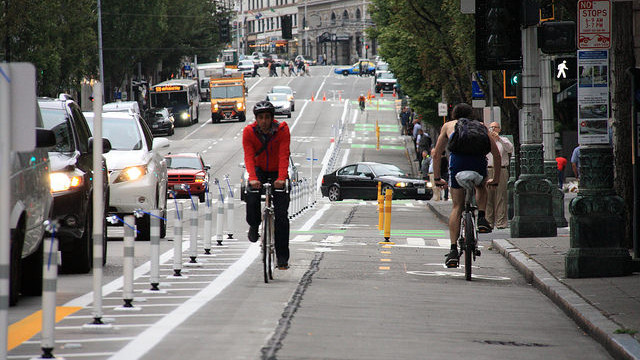
A protected bike lane in the US city of Seattle, Washington. Photo: Seattle Department of Transportation
Along these lines, we should initially work to establish a safe and well-lit bicycle-only route parallel to Tubman Boulevard, and extending into Paynesville. Later routes can go along Somalia Drive and towards Duala. This would also be an excellent opportunity to beautify the city and surrounding areas – imagine beautiful potted plants used as barriers to separate the lanes.
Bicycle lanes are not something that only reserved for European and American cities. In fact, the Rwandese capital, Kigali, recently inaugurated protected bicycle lanes.
Of course, besides the physical barriers, the police will need to be trained to understand the rights of cyclists. This is something that is very feasible if the political will and public support exists. Contrary to how things appear on the surface, Liberia is not a lawless country. We enforce some laws, and vigorously. Our priorities are sometimes a little strange.
For example, we rarely find motorcyclists transporting passengers along Monrovia’s main streets anymore – and that’s a result of strong police enforcement. Additionally, despite the climate in the country, you would find it almost impossible to enter any government building wearing shorts. That’s because government officials have identified that as a priority. Wouldn’t it be nice if we applied that same willpower to convincing motorists to respect people on bicycles?
In developing the biking infrastructure in the region, we would also need to install bicycle racks and bicycle storage in strategic locations of high traffic across the city to allow people to safely park their bicycles. I believe one of the simplest ways to accomplish this would be to locate bicycle racks at all government agencies, in the view of security guards.
Even if all this is done, some people might need encouragement to get on bicycles to go to work or school. I would suggest that we institute a government or privately-sponsored bicycle share or bicycle renting program. Such a program could be an entrepreneurship opportunity for potential small business owners who want to operate a kiosk to rent out bikes. This would make bicycles available for use by many of the city’s residents.
During the raining season, it will also be important to show citizens how they can ride comfortably and safely in adverse weather conditions. The messaging will be important because even though Monrovia is the wettest capital city on the planet, many residents still fear the rain. Many commercial motorcyclists already ride around in inclement weather, therefore it’s not impossible.
What could further increase the acceptance of biking by citizens will be seeing notable citizens and government officials regularly commuting by bicycles. Wouldn’t it be nice to see the likes of Senator George Weah, Finance Minister Amara Konneh, and Hipco musician Takun J all riding bicycles around town? After all, even the former Burkinabe President Thomas Sankara occasionally rode a bicycle to work.
While promoting bicycles should not be the only solution to the crippling traffic problems we face, it is definitely worth examining. After all, we can implement this much faster than projects like the Somalia Drive Road Project, which has been talked about for years. Although an agreement was finally signed in 2013, we have yet to see any visible proof of work being done. It also will most certainly not come with a hefty US$50 million price tag.
Liberia must become intentional about solving Monrovia’s traffic congestion problem and introducing cycling as a viable means of transportation may be an excellent place to start.
Featured photo by Jefferson Krua
